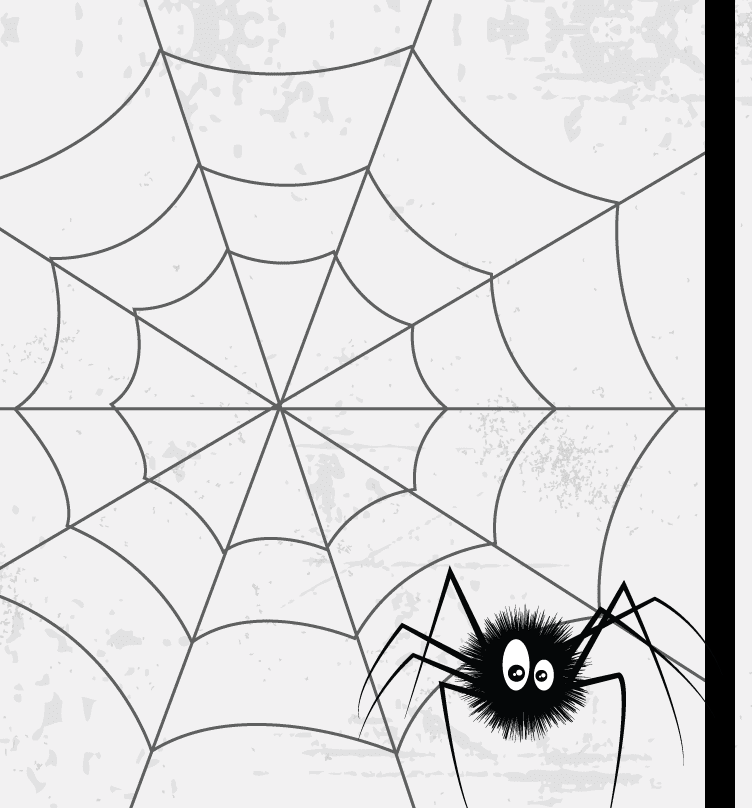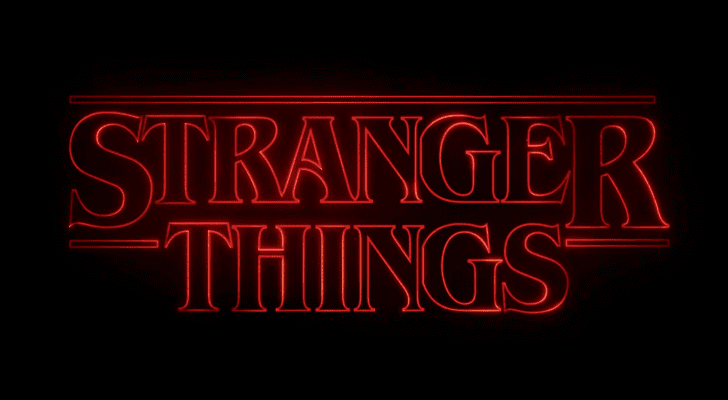
If you feel like you’ve spent your life looking at the world through a keyhole, trying to broaden your view, you might find that you have something in common with “Doctor Strange.” If you’re someone who has worked at an advertising agency, you’ll find the product placement surrounding“Doctor Strange” hilarious.
As less people are watching network television and are instead streaming their favorite television series, less people are seeing advertisements for new movies and materials. A creative approach is needed to reach audiences, thus product placement has returned. When it comes to “Doctor Strange,” we witnessed both a success and a failure.
“General Hospital”
Product placement can be downright painful. Brands are thrown into movies by many an advertising agency with the label facing outward in a forced position. “General Hospital” attempted a new form of product placement, where they worked “Doctor Strange” into the script.
We open on a man and woman talking seriously; you’d imagine he’s about to profess his love for her. Instead, seemingly out of the blue we are hit with a, “You know Doctor Strange is about to hit theaters pretty soon…” and a, “You may be surprised to hear this, but… If I can’t see that movie with you, I don’t want to see it.”
The reactions were immediate. It felt like a moment in “The Office” when they made eye contact with the camera so you understood the hilarity. This product placement, however funny, would be deemed a failure from Utah to the Big Apple.
“Huawei’s Honor”
One of the more subtle attempts at product placement was for the Honor 8. Doctor Strange drives a $237,250 Lambo, but uses a $399.99 Chinese smartphone — somehow the two don’t add up. The brand Huawei recognized that they lacked brand awareness overseas, leading them to partner up with labels like Marvel.
There isn’t an advertising agency that wouldn’t be proud of this one. The subtlety in placing the Honor 8 on billboards throughout the movie increased the position in their target market’s minds (18 to 34 year old men and women).
Hats off to you for your sly moves, Huawei!










